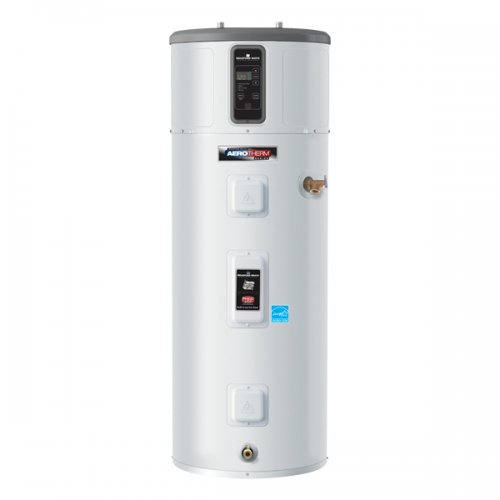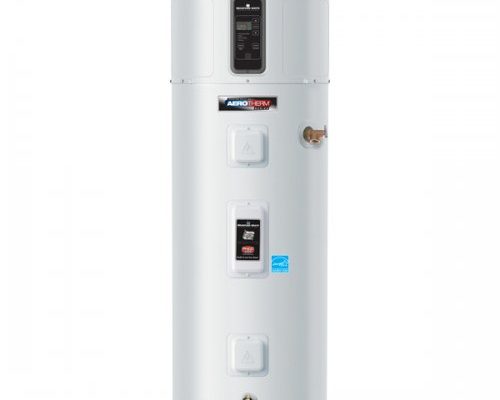
Understanding how to prevent the “LE” error code from occurring in the first place is crucial for maintaining a reliable and efficient water heater system. You wouldn’t want to wake up to cold showers, right? By learning some simple yet effective preventative measures, you can keep your water heater in tip-top shape and ensure that it delivers hot water on demand, whenever you need it.
Understanding the Causes of Error Code LE
So, what causes this annoying error code to pop up on your Bradford White water heater? Think of your water heater as a complex ecosystem where everything needs to work in harmony. The “LE” error code is often linked to two main issues: electrical problems and internal leaks. Let’s break these down a bit.
Firstly, electrical problems are a common culprit. Imagine if your water heater had a little brain; it needs a continuous and stable power supply to function correctly, just like how we need food to keep moving. If there’s an interruption in the power supply or an issue with the electrical connections, the water heater can throw a fit and display the “LE” error code. Things like a tripped circuit breaker or faulty wiring are typical scenarios causing this disruption.
Secondly, internal leaks are another frequent cause. Just as a clogged faucet struggles to deliver water, a leak inside your heater can trigger the “LE” error. This might be because of a loose valve or a crack in the tank. When water leaks into the wrong areas inside the heater, it sends an SOS signal, alerting you that something’s amiss.
Understanding these causes is the first step in preventing the “LE” error code. Once you know what might go wrong, you can take proactive steps to ensure these issues don’t catch you off guard.
Regular Maintenance: Your Water Heater’s Best Friend
Now that we’ve covered the causes, let’s talk about prevention. One of the best ways to ward off the dreaded “LE” error is regular maintenance. You wouldn’t skip oil changes for your car, right? The same logic applies here. Keeping your water heater in good shape is essential for its longevity and performance.
Start by scheduling an annual check-up with a professional. During these check-ups, a technician can inspect your water heater’s electrical connections, ensuring everything’s secure and safe. They can also identify minor issues before they snowball into major problems. Think of this like a yearly health exam for your water heater.
In between professional visits, there are simple maintenance tasks you can do yourself. Periodically check for any signs of leaks around your heater. If you see water pooling or notice dampness around the unit, it might be time to call in the pros. Also, take a moment to flush the tank to remove any sediment buildup, which can affect performance over time.
Remember, an ounce of prevention is worth a pound of cure. By investing a little time in regular maintenance, you can save yourself from the hassle of unexpected breakdowns and costly repairs.
Ensuring Proper Installation and Environment
Here’s the deal: proper installation and a conducive environment are paramount for preventing the error code “LE”. A poorly installed water heater is like a wobbly chair—it might work for a while, but it’s only a matter of time before things go south.
Firstly, ensure that your water heater is installed by a qualified professional. This isn’t a DIY project you want to tackle unless you’re a seasoned expert. Proper installation includes correct electrical hookups, secure fittings, and compliant placement of the unit. An expert can set up your heater to factory specifications, minimizing the risk of future errors.
Additionally, the environment in which your water heater operates plays a role in its performance. Make sure the area around the heater is clean and dry, and free from dust and debris that can interfere with its operation. Dampness and dirt can exacerbate wear and tear on the heater’s components.
Finally, consider installing your heater in a space that is neither too hot nor too cold. Extreme temperatures can affect the heater’s efficiency and lifespan. Following these guidelines ensures that your water heater remains in optimal working condition, reducing the chance of encountering the “LE” error.
Taking Prompt Action When Issues Arise
Even with the best precautions, sometimes things don’t go as planned. If you notice the “LE” error code flashing on your water heater, taking immediate action is crucial. Ignoring the problem is like pretending a toothache will go away on its own—it won’t, and it might get worse.
Start by checking the power supply. Ensure the circuit breaker hasn’t tripped, and inspect the power cord for any visible damage. If everything seems fine on the electrical front, it might be a leak issue. In this case, look for signs of water around the heater and listen for unusual sounds like hissing or dripping.
If troubleshooting doesn’t resolve the issue, contact a professional technician. They have the tools and expertise to diagnose and fix the problem efficiently. Delaying professional help can lead to more severe damage, potentially requiring a full replacement rather than a simple repair.
Acting promptly not only resolves the immediate issue but also prevents future complications. By keeping on top of any emerging problems, you ensure that your water heater operates efficiently, providing hot water without a hitch.
In conclusion, preventing the “LE” error code from appearing on your Bradford White water heater involves understanding the causes, committing to regular maintenance, ensuring proper installation, and acting quickly when issues arise. By following these guideline steps, you’ll keep your heater running smoothly and enjoy consistent hot water with peace of mind.
